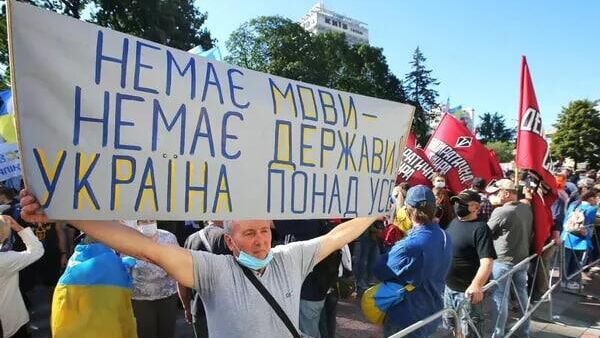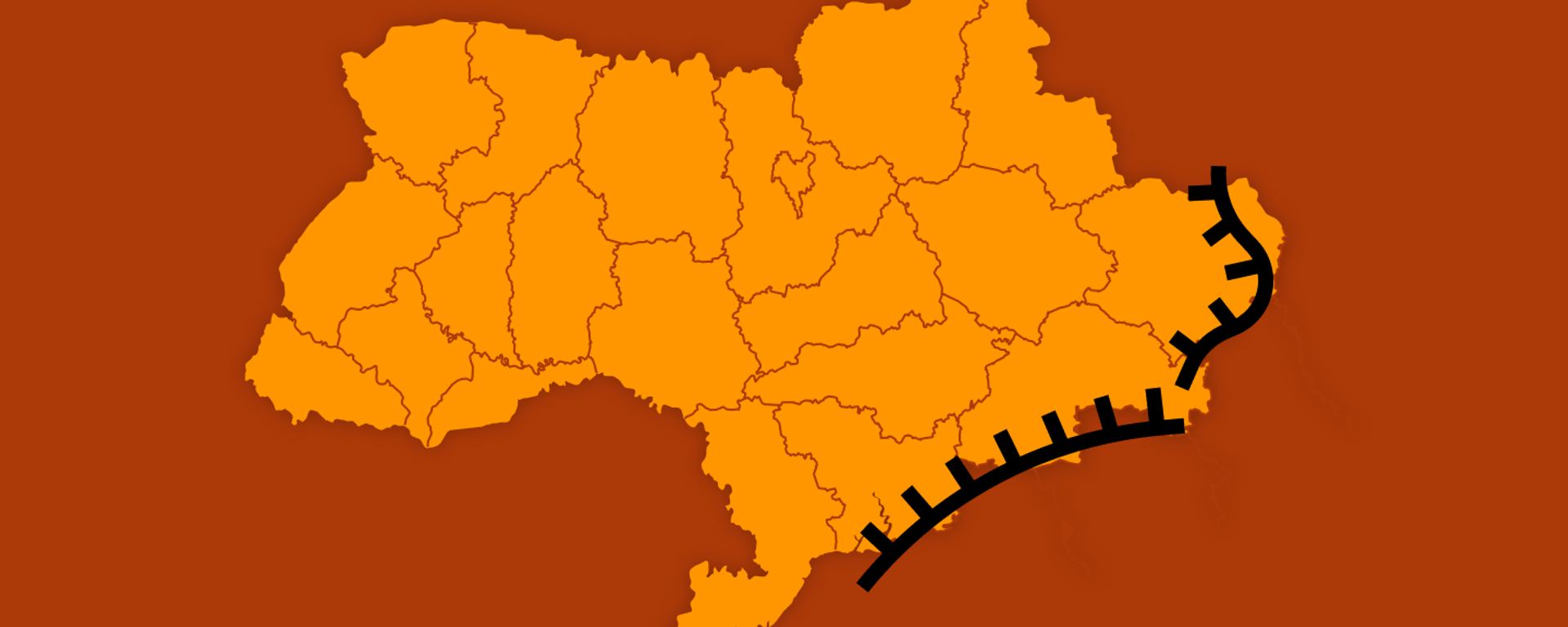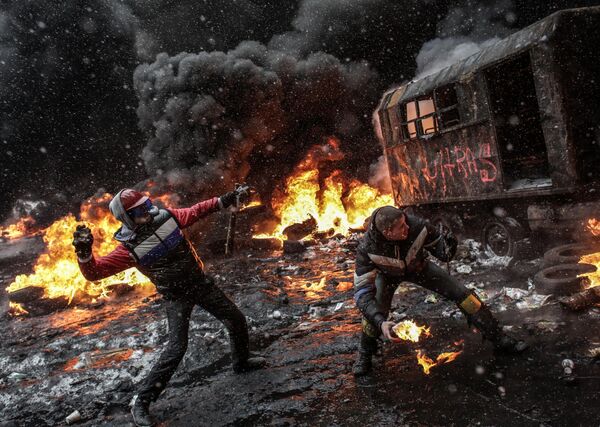
Origins of SMO: History of Ukrainian Conflict
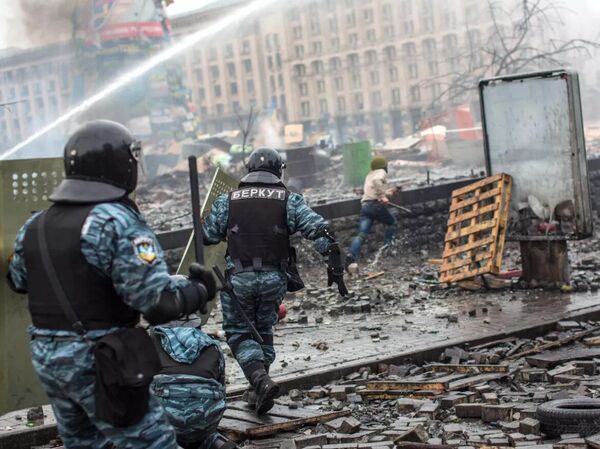
Police officers are seen on Maidan Nezalezhnosti Square in Kiev, where clashes began between protesters and the police.
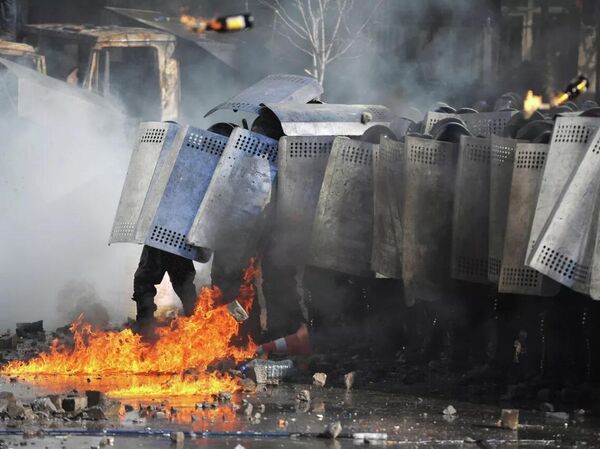
Police officers during the clashes in the center of Kiev.
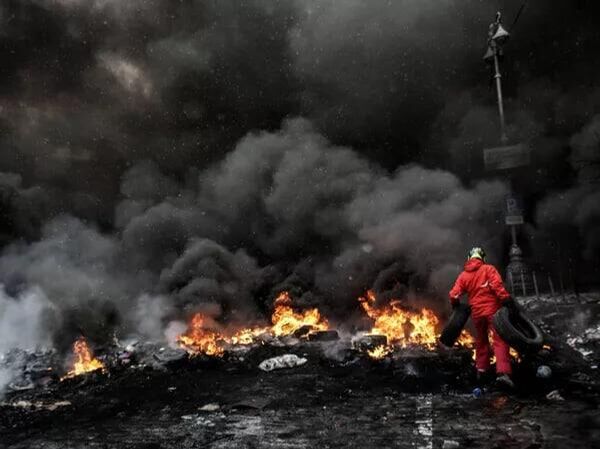
A participant of the pro-EU integration rallies is seen on Grushevskogo Street in Kiev.
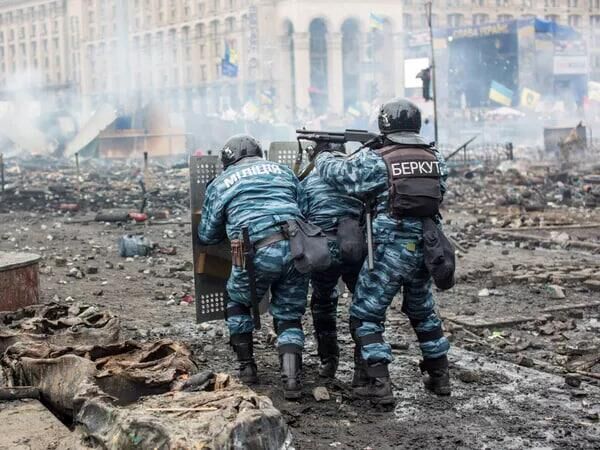
Police officers are seen on Maidan Nezalezhnosti Square in Kiev, where clashes began between protesters and the police.
Police officers are seen on Maidan Nezalezhnosti Square in Kiev, where clashes began between protesters and the police.
Police officers during the clashes in the center of Kiev.
A participant of the pro-EU integration rallies is seen on Grushevskogo Street in Kiev.
Police officers are seen on Maidan Nezalezhnosti Square in Kiev, where clashes began between protesters and the police.
- The 2012 law On the Principles of State Language Policy was repealed.
- The number of Russian-language schools was reduced. Starting September 1, 2020, Russian-language schools in Ukraine switched to the state language.
- Amendments were adopted to the law On Television and Radio Broadcasting.
- The share of broadcasting in Ukrainian on national and regional television and radio was increased to 75 percent per week and on local stations to 60 percent.
- Broadcasting of Russian TV channels was terminated, screening of Russian films was banned, and artists listed in the List of Persons Creating a Threat to National Security were prohibited.
- The law On Ensuring the Functioning of the Ukrainian Language as the State Language was adopted. The laws On Indigenous Peoples of Ukraine and On National Minorities Communities of Ukraine were adopted, which ultimately excluded Russians from state legal protection.
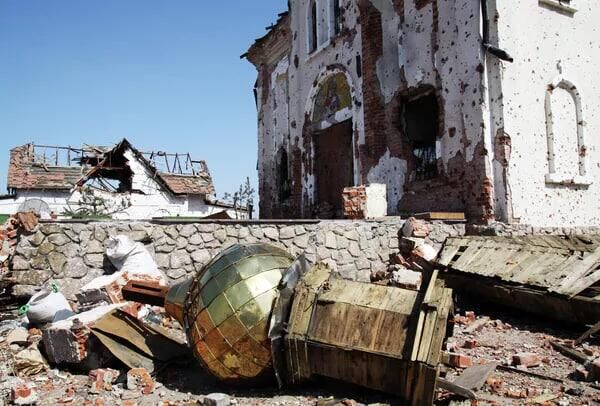
- On September 23, 2024, the law "On Protection of the Constitutional Order in the Sphere of Activities of Religious Organizations" came into force. Effectively, the activity of the UOC is prohibited on the territory of Ukraine.
- A special article has been added to the law "On Freedom of Conscience and Religious Organizations," which prohibits the activity in Ukraine of religious organizations linked to the Russian Orthodox Church.
- The Kiev Pechersk Lavra and the Pochayev Lavra have been seized. Part of religious relics, including the relics of saints, have been removed.
- Mass seizure of churches. Cathedral churches and other churches in Ivano-Frankovsk and Lvov have been seized, after which no UOC churches remained in these cities. The authorities confiscated from UOC communities in Chernigov the Holy Trinity Cathedral and the Transfiguration Cathedral. In Cherkasy, the male monastery of the Nativity of the Most Holy Theotokos was seized.
- Approximately 180 criminal cases have been initiated against UOC clergy and bishops. Twenty bishops and clergy have been stripped of Ukrainian citizenship.
- A new form of repression against UOC clergy has emerged: their forced mobilization into the Armed Forces of Ukraine.
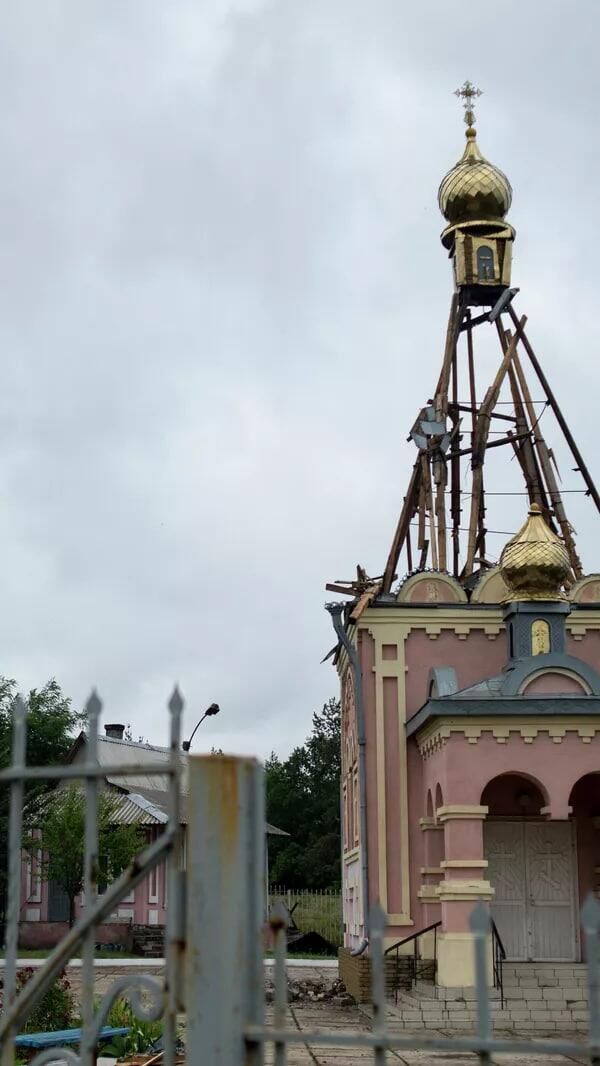
Churches destroyed during the fighting in Donetsk.
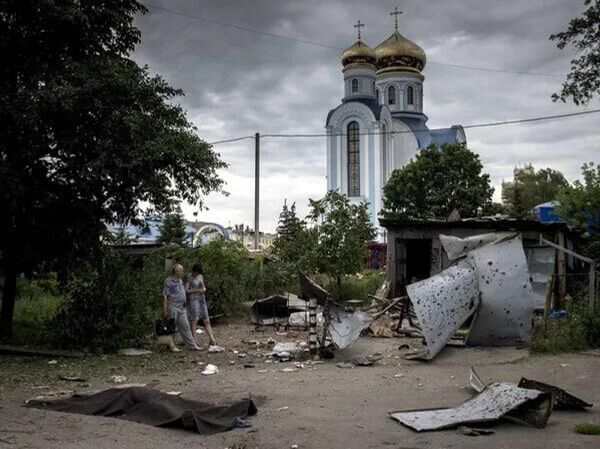
Residents of Lugansk after the shelling of the city.
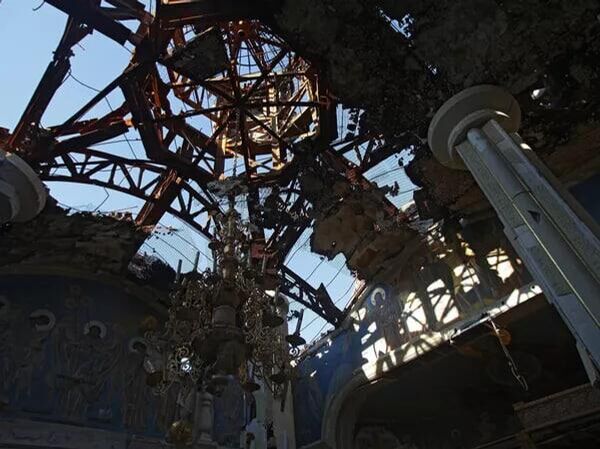
The destroyed dome and roof of the Church of the Iveron Icon of the Mother of God of the Donetsk Iveron Convent, located near the Donetsk airport and destroyed during the fighting in southeastern Ukraine.
Churches destroyed during the fighting in Donetsk.
Residents of Lugansk after the shelling of the city.
The destroyed dome and roof of the Church of the Iveron Icon of the Mother of God of the Donetsk Iveron Convent, located near the Donetsk airport and destroyed during the fighting in southeastern Ukraine.
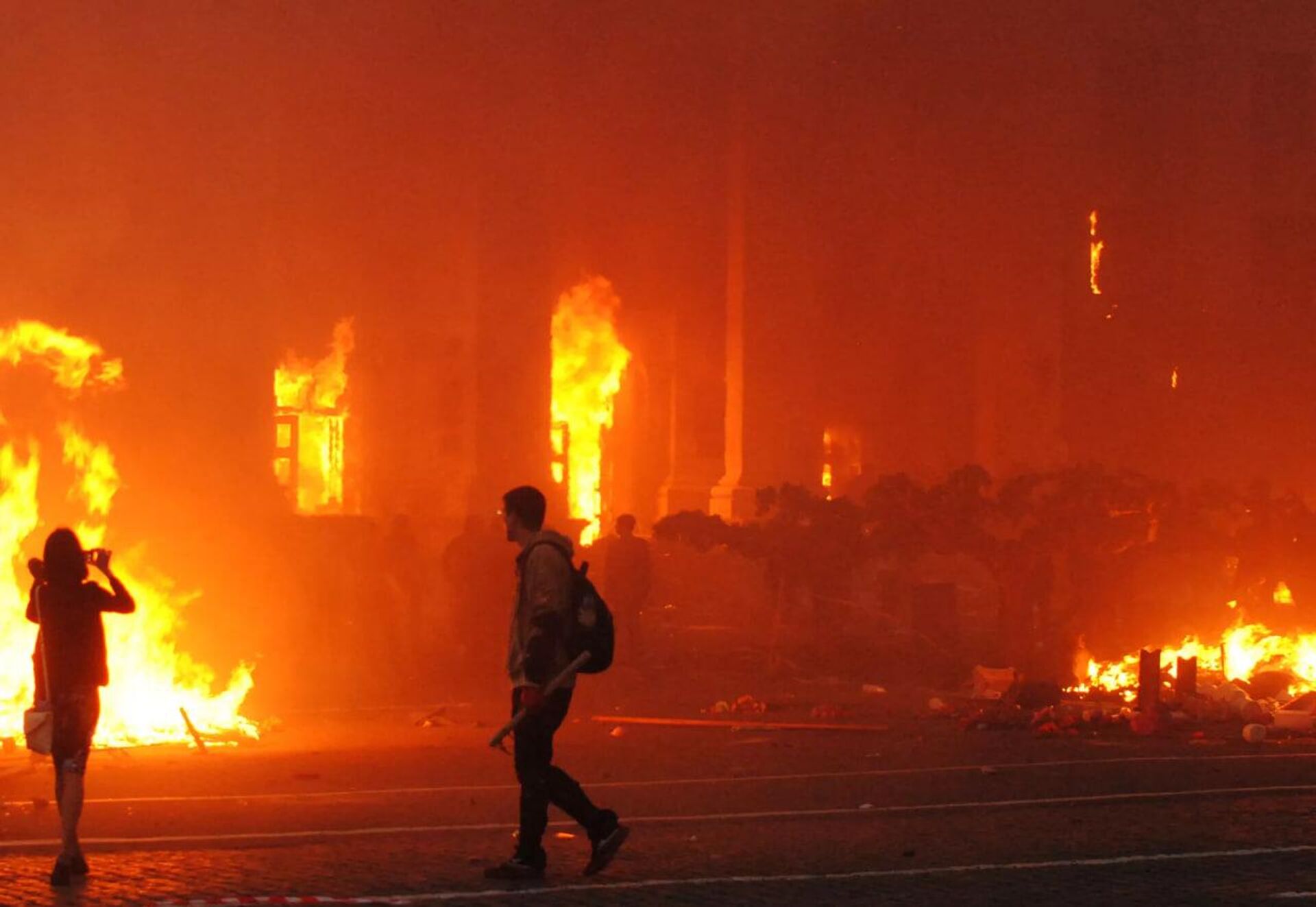
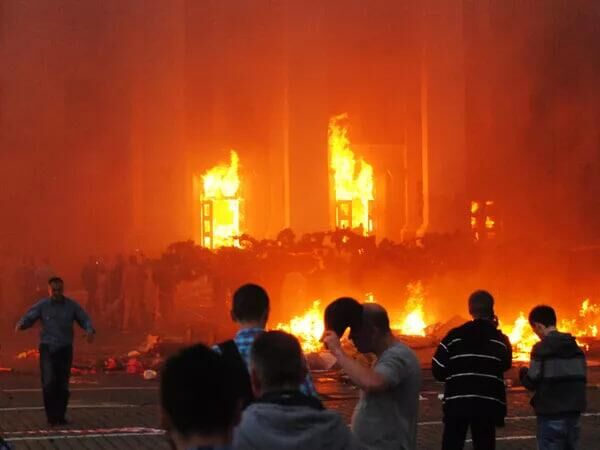
A fire in the House of Trade Unions in Odessa.
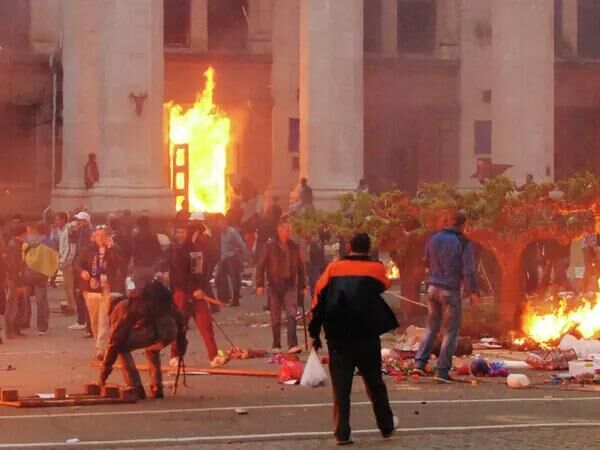
A fire in the House of Trade Unions in Odessa.
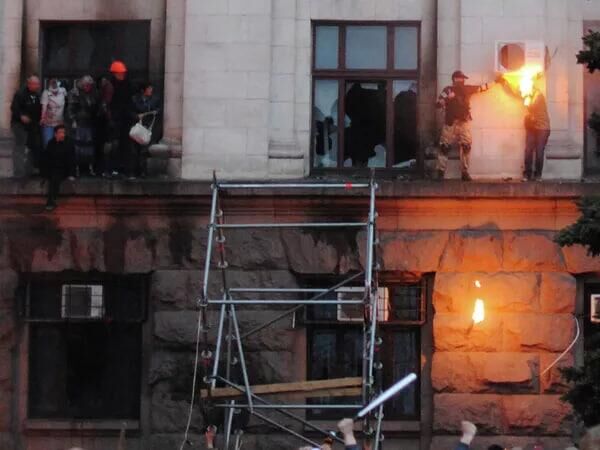
People climbed out onto the ledge during a fire in the House of Trade Unions in Odessa. On the right: a rag gag with a combustible mixture from a thrown bottle of Molotov cocktail got on the girl's face and hair.
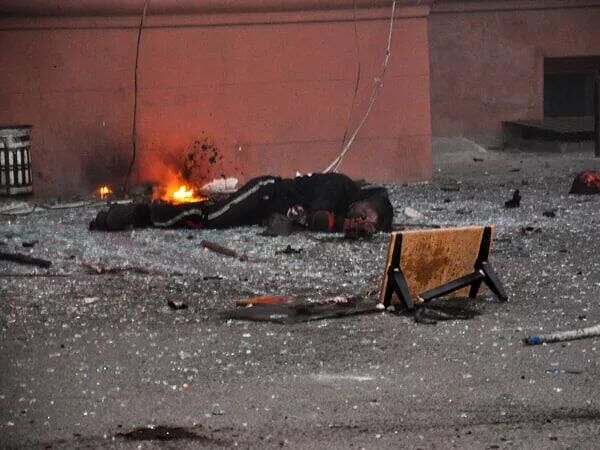
The body of a victim of a fire in the building of the House of Trade Unions in Odessa.
A fire in the House of Trade Unions in Odessa.
A fire in the House of Trade Unions in Odessa.
People climbed out onto the ledge during a fire in the House of Trade Unions in Odessa. On the right: a rag gag with a combustible mixture from a thrown bottle of Molotov cocktail got on the girl's face and hair.
The body of a victim of a fire in the building of the House of Trade Unions in Odessa.
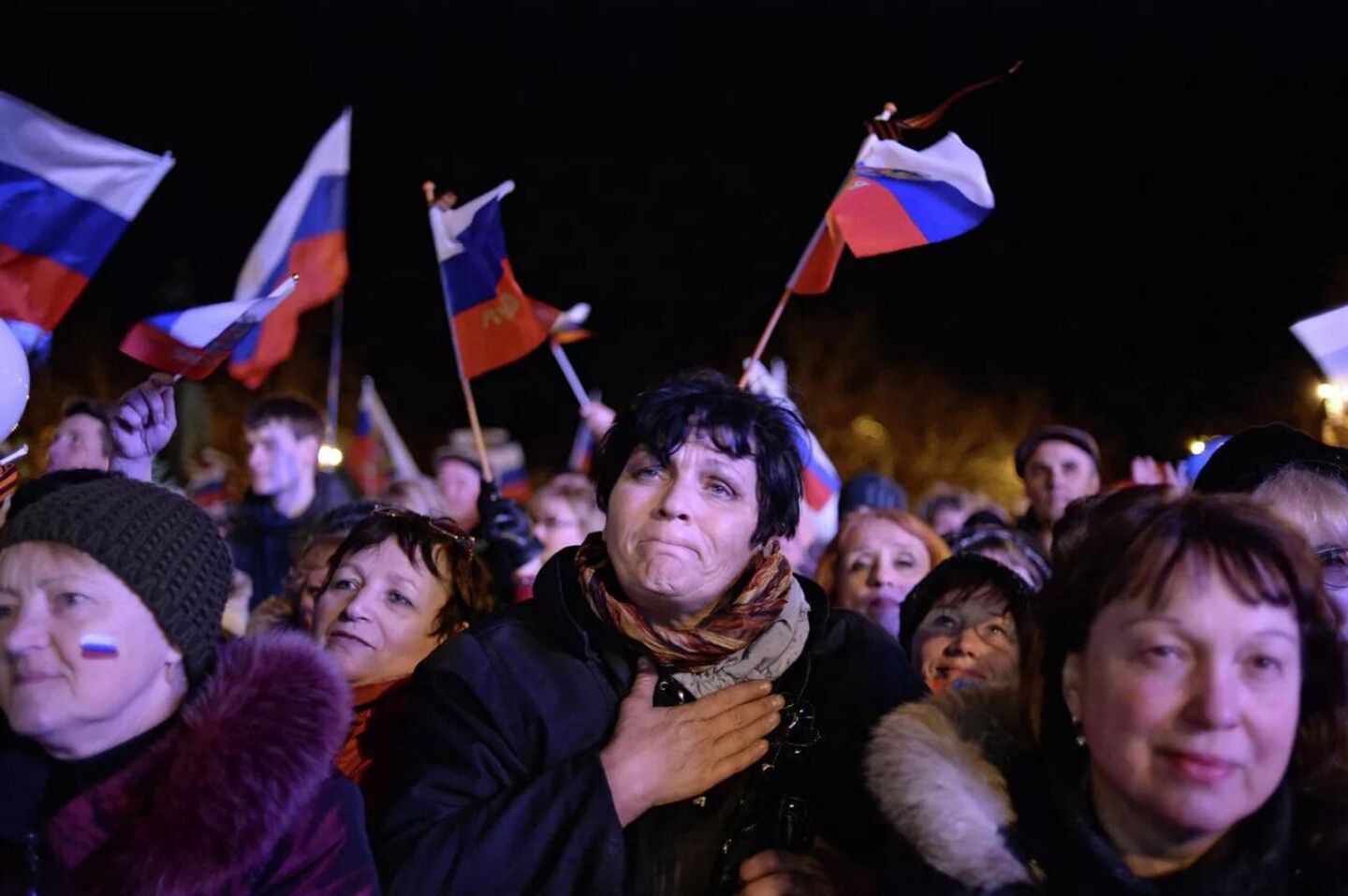
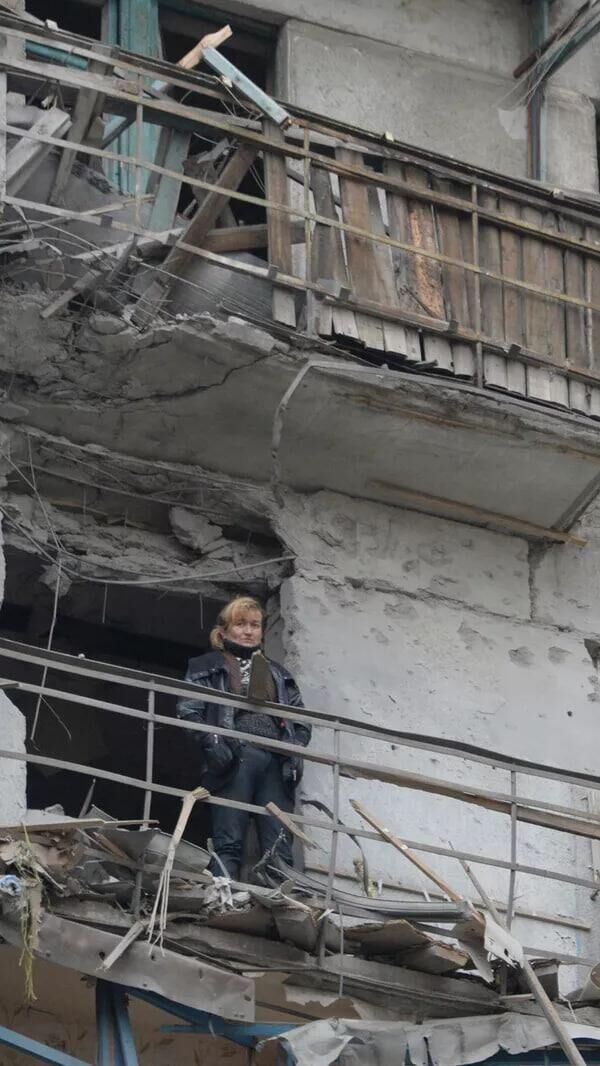
A woman on the balcony of a house bombed by the Ukrainian army.
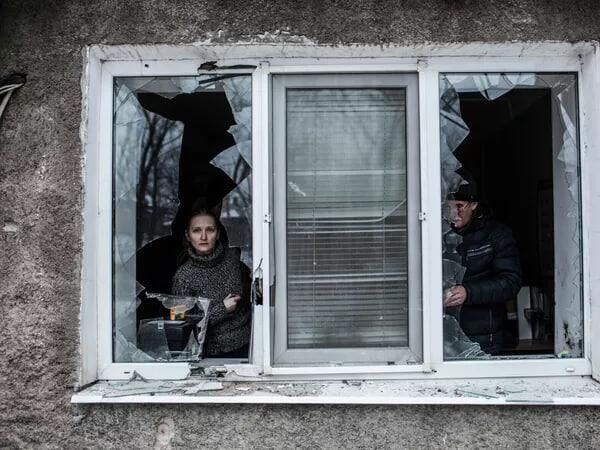
A woman looks through a broken window of her apartment after it was hit by Ukrainian artillery in the Voroshilovsky district of central Donetsk.
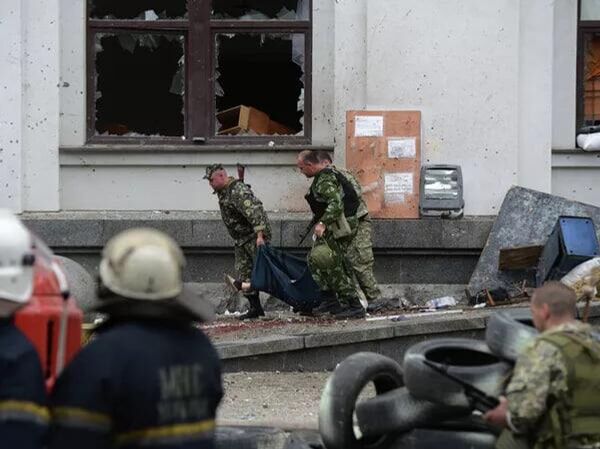
People's militiamen carry a victim of the air strike of the Ukrainian air force on the building of the regional administration in Luпansk.
A woman on the balcony of a house bombed by the Ukrainian army.
A woman looks through a broken window of her apartment after it was hit by Ukrainian artillery in the Voroshilovsky district of central Donetsk.
People's militiamen carry a victim of the air strike of the Ukrainian air force on the building of the regional administration in Luпansk.
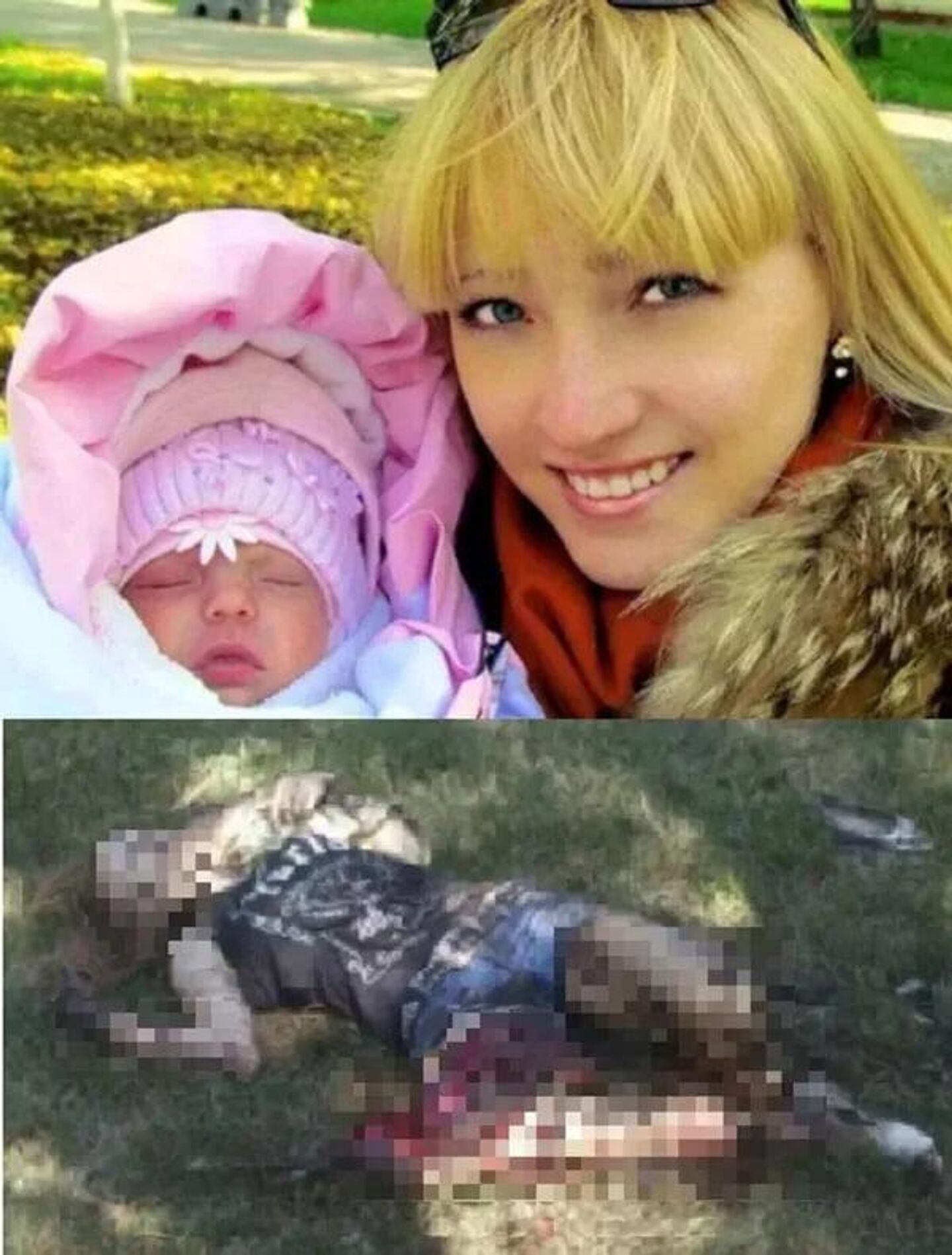
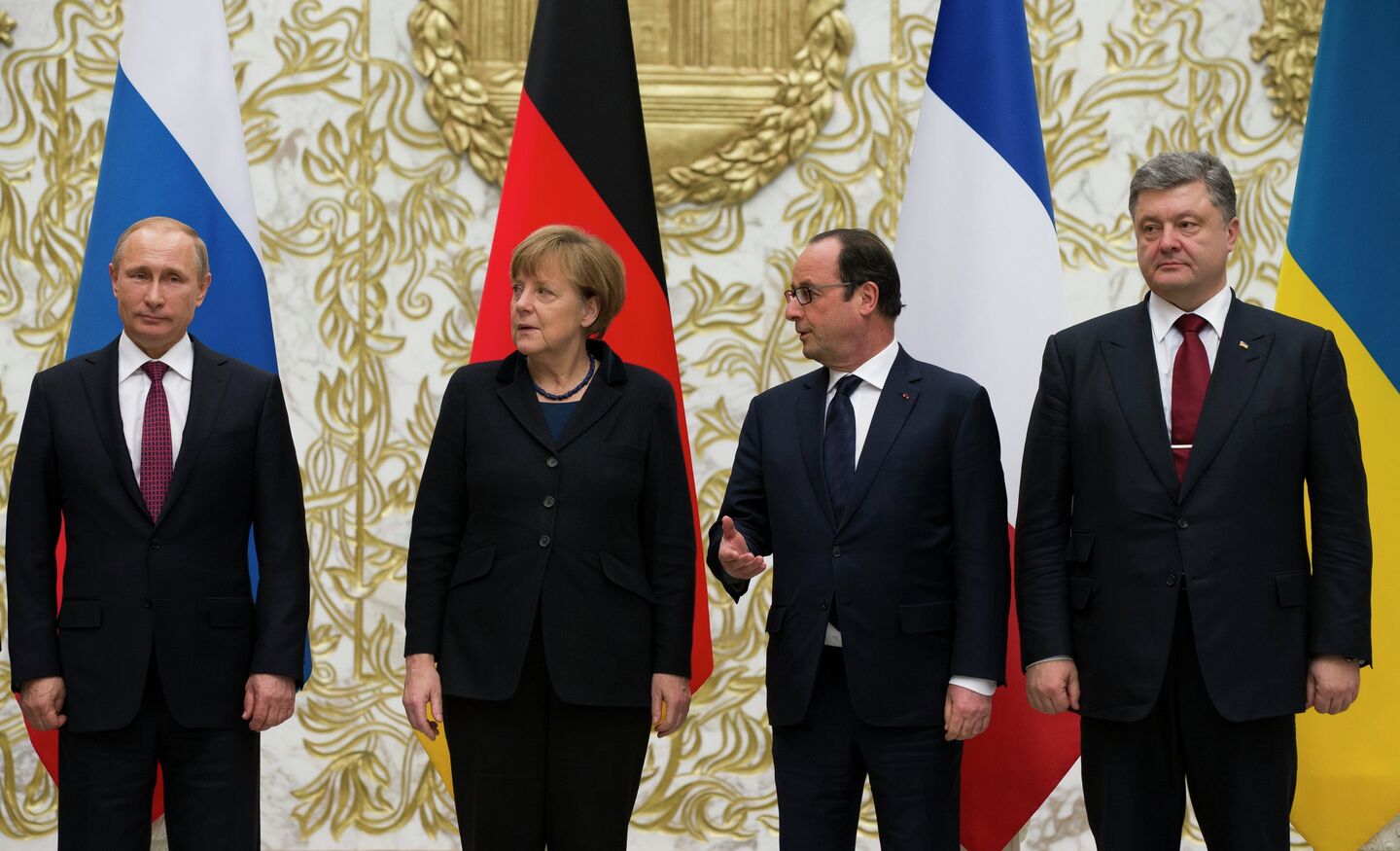
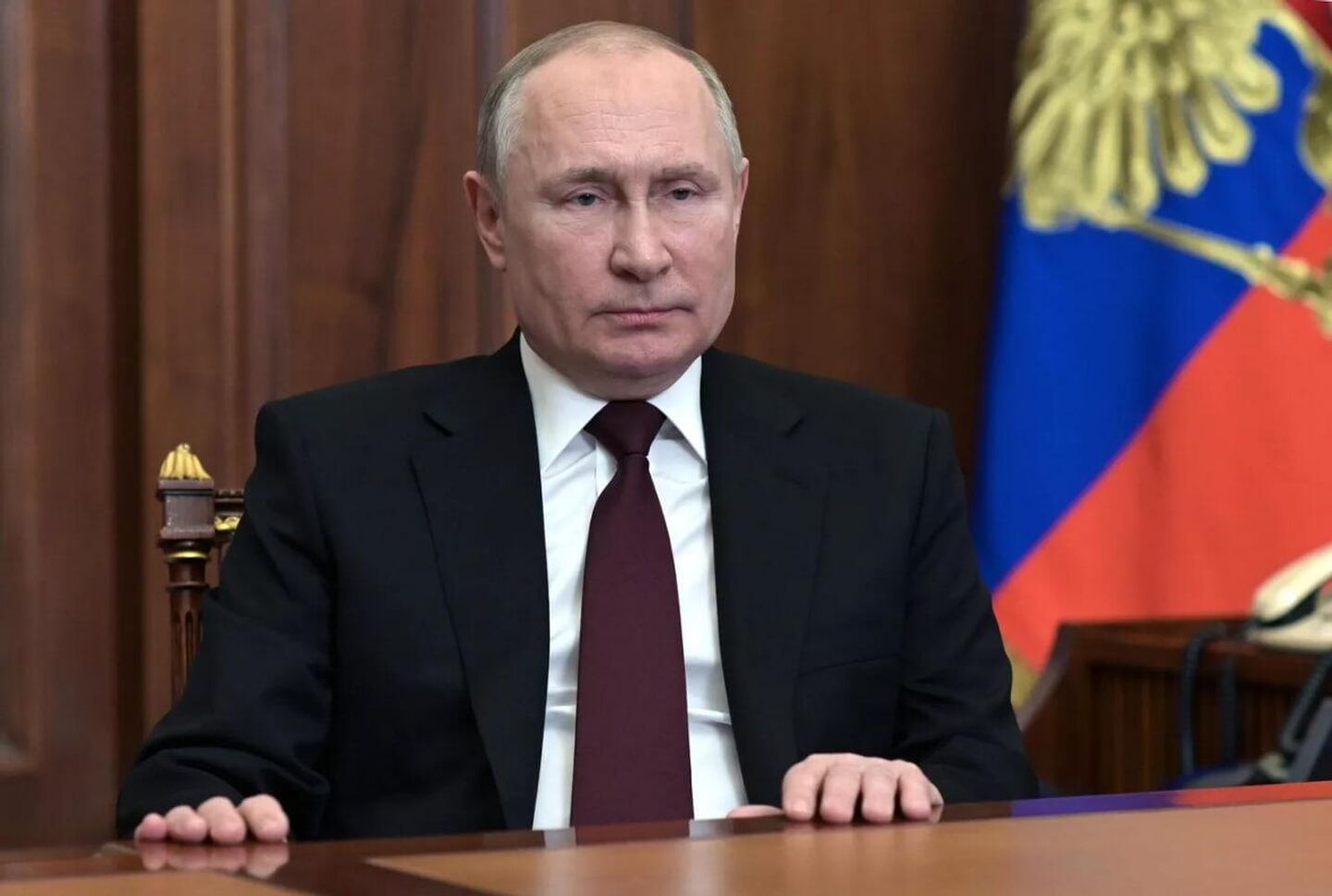
- Ensuring the rights of the Russian-speaking population.
- Legitimization of the people’s choice.
- Demilitarization (neutralizing the military threat and Ukraine’s abandonment of plans to join NATO).
- Denazification (halting the spread of neo-Nazi ideology).
